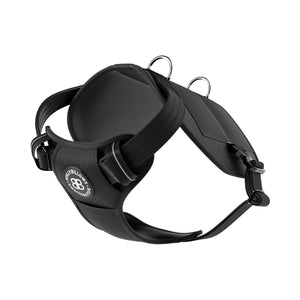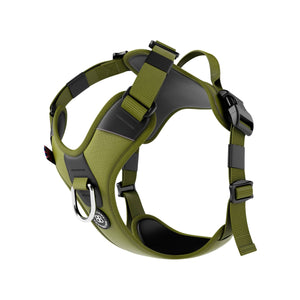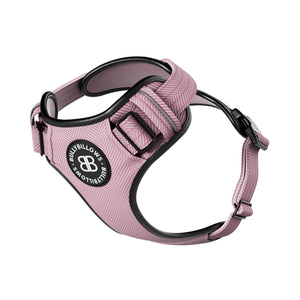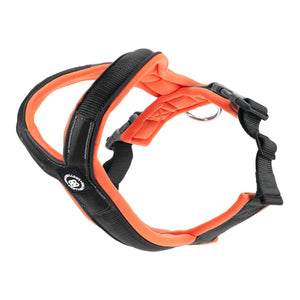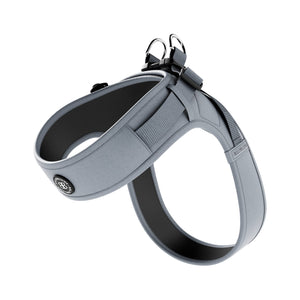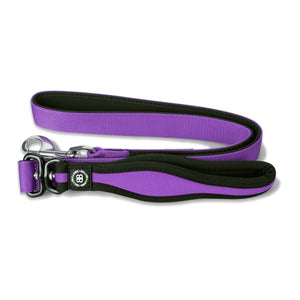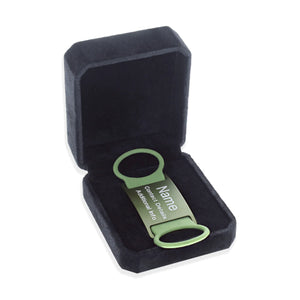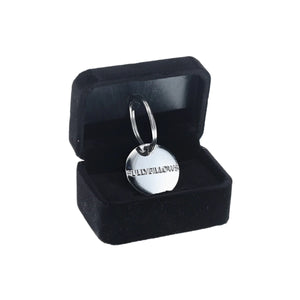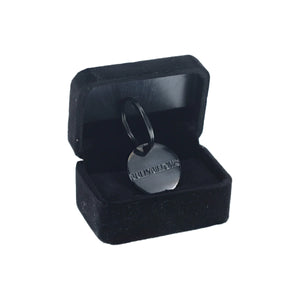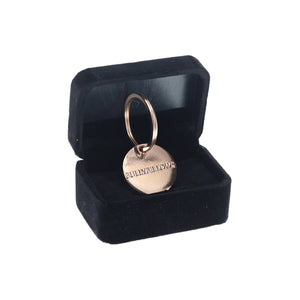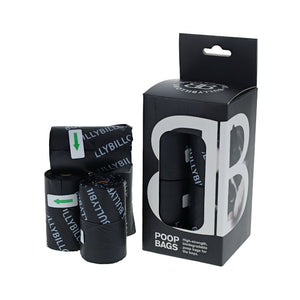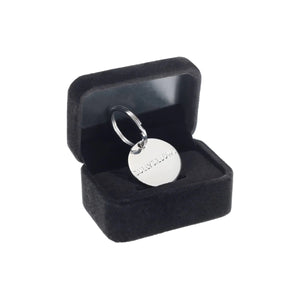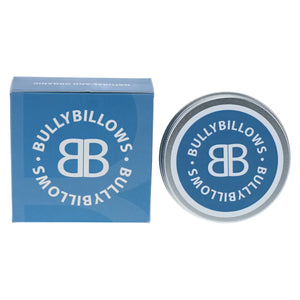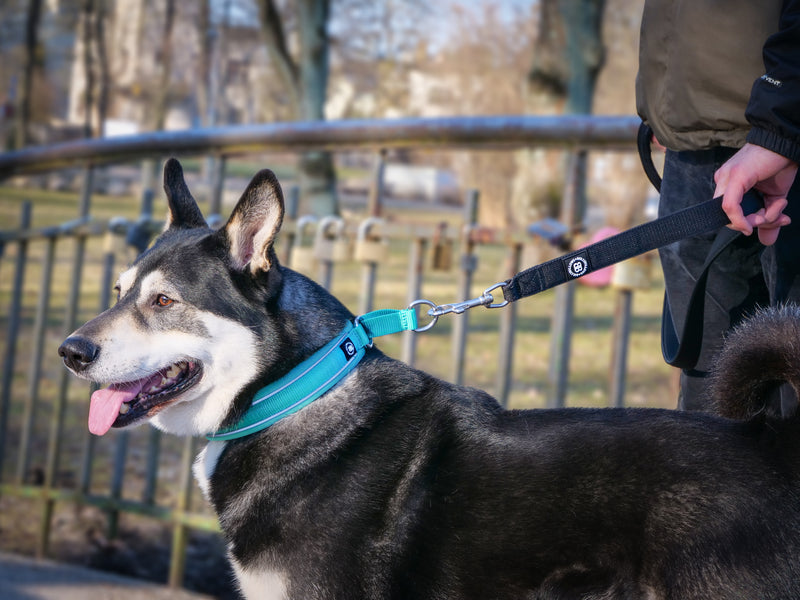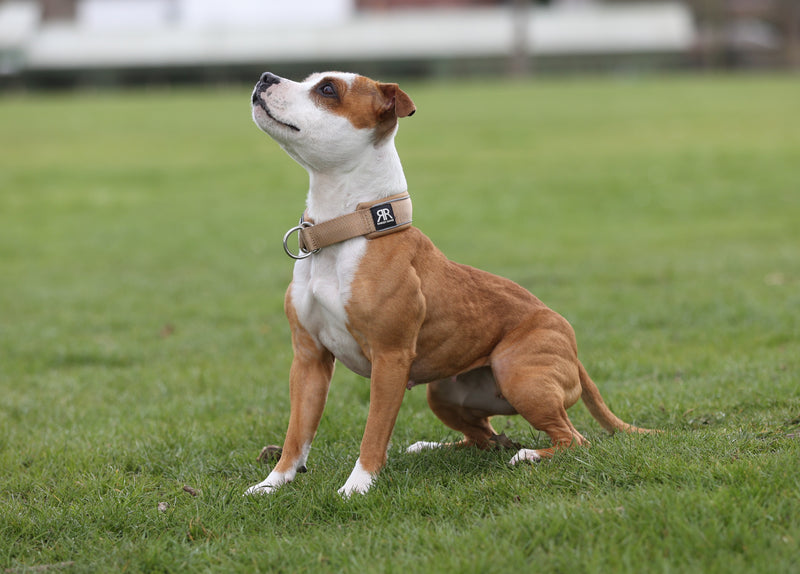Dogs can be so cute and cuddly when they want to but boy, can they be loud too! Dog barking is one of the traits of the species that is so important to understand and to be able to control when you need to.
Barking serves a crucial purpose in allowing our pets to communicate with us but there’s a time and a place and sometimes, it needs to be stopped.
So, keep reading for our expert tips on how to stop your dog barking when it’s necessary and all the must-have essentials you need to help you…
Why do dogs bark?
When a dog barks, it’s basically just their way of communicating with us. Essentially, it’s how they speak without using words.
A dog’s bark is its voice and as is the same with humans, a voice always remains the same. What changes is how we use our voice and we adapt this to our emotions, who we’re communicating with, and what we’re trying to express. Dogs do the same.
So, to figure out exactly what it is they’re trying to say, you need to focus on three key things:
- The tone
- The pitch
- The frequency and duration
Some common examples:
A normal ‘woof’ means your dog is perfectly happy and just feeling a bit playful or wanting some attention from you.
A high-pitched sound, whether it’s one quick yelp or a repetitive sound could mean your dog is distressed or in some sort of pain. This will often be accompanied by whining or whimpering.
If the bark is low in tone and more like a growl, this tends to mean your dog is feeling angry or threatened and wants to send out a warning.
Get to know your dog’s different barks
The above information serves as great guidance and in general, will be true for most dogs and their vocal expressions. However, it’s important to consider your pooch as an individual and learn to understand what their different tones, pitches, and frequencies of bark mean.
For example, if you’ve encouraged your dog to howl along with music and rewarded this with strokes, playtime, and treats, this then becomes something they’ll do for fun rather than to signal distress.
Body language and barks
It’s also important to consider how your dog is behaving when they are barking. Generally, if their tail is wagging and they aren’t in any form of attack posture or tense stance, the likelihood is your dog is okay and just trying to get attention for some harmless reason.
However, if your dog is very still and tense, baring their teeth, or if the hairs down their spine are sticking up, their barking is likely signaling some sort of anger, threat, or distress.
Dog barking and how to stop it
It’s important not to ignore any of the sounds your dog makes because they could be trying to communicate something important to you like a threat or pain—but that doesn’t mean you have to react to all of them.
Plus, there will be times when you need to shush your pooch, like when the postman comes to deliver letters through the door and you’re on a Zoom work call. We’ve all been there.
So, here are our pro tips on how to stop dog barking and restore silence when you need to.
Set a clear command
If you want your dog to do something, like stop barking, you need to establish a clear command and use this over and over again until they understand what you’re asking of them.
Simple words like ‘No’, ‘Quiet’, or ‘Stop’ are perfect as they are simple and easy to recall. Long, varied sentences like “Please shut up, you’re giving me a headache!” (we know you’ve tried it) won’t work because your pooch won’t understand what you’re trying to say.
Use the same command every time so that your dog starts to associate it with whatever you are reacting to—in this instance, barking.
Reward them for good behaviour so they start to think ‘Ah, if I stop barking, I’ll get something nice in return’, which leads us nicely onto our next tip…
Use treats to reward good behaviour
Keeping your Treat Pouch well-stocked with titbits is an effective way to get your dog to respond and behave in the ways you want them to.
Even if you aren’t in training mode anymore, treats come in handy (both at home and on walks) to reward good behaviour and encourage more of it. This is known as positive reinforcement and works wonders for putting a stop to dog barking.
Use your command and then when your dog responds positively by stopping their barking, give them a treat and a stroke to let them know you’re pleased with them.
Over time, use fewer treats and more strokes or positive words so that your pup doesn’t end up piling on the pounds as you train them when they should or shouldn’t be barking.
Distraction tactics
When your dog starts barking, another thing you can do is use a whistle or jingle some keys to divert their attention to that and away from whatever is making them bark.
This is particularly effective when training puppies or reactive dogs but it’s a good trick to keep up your sleeve if you need to act fast at any time.
Socialise your dog (help your pup make pals)
Invite different friends around to your house and on your dog walks and ask them to offer treats to your pooch when they are calm and quiet. Better yet, ask them to bring their pets with them too (if your dog isn’t dangerously reactive, of course).
Your pet will then learn that meeting new people and other dogs is a positive experience and not one that requires barking of any kind.
Taking your dog for as many walks as you can in different locations will also help you keep barking at bay. The more experiences they have, the more desensitised they will become and therefore less likely to make an unnecessary racket.
Use a good-quality calming oil
If you have an anxious or reactive dog, barking is more likely. In cases like this, specialist training or at least more intensive training will often be necessary to address the root of the problem more effectively.
However, another product you might consider introducing is a high-quality calming oil like our Premium Hemp & Omega Droplets.
This oil can be added to your dog’s food or water and works to reduce stress and anxiety, as well as overall physical health with an array of vitamins and other natural ingredients including Omega 3, 6 & 9.
Addressing anxiety will, in turn, reduce the chances of a bout of barking.
Shop essential dog walking accessories right here at BullyBillows
We hope you’ve found our pearls of wisdom on how to stop dog barking useful and that you’re now ready and raring to put our tips into action. Before you head off on your walkies, don’t forget to check out our collection of high-quality dog walking essentials and accessories.
We stock a whole host of training leads, collars, and other dog-walking gear, from anti-pulling harnesses to safety muzzles and everything in between, so we’ve got you and your four-legged friend well covered. We even stock poo bags in black or pink so your fur baby can do their business in style!
For more news, advice and product-buying guides check out the rest of our blog…
How To Reduce Anxiety In Dogs | How To Train Your Dog With Positive Reinforcement | Dog Walking Must-Haves Guide

